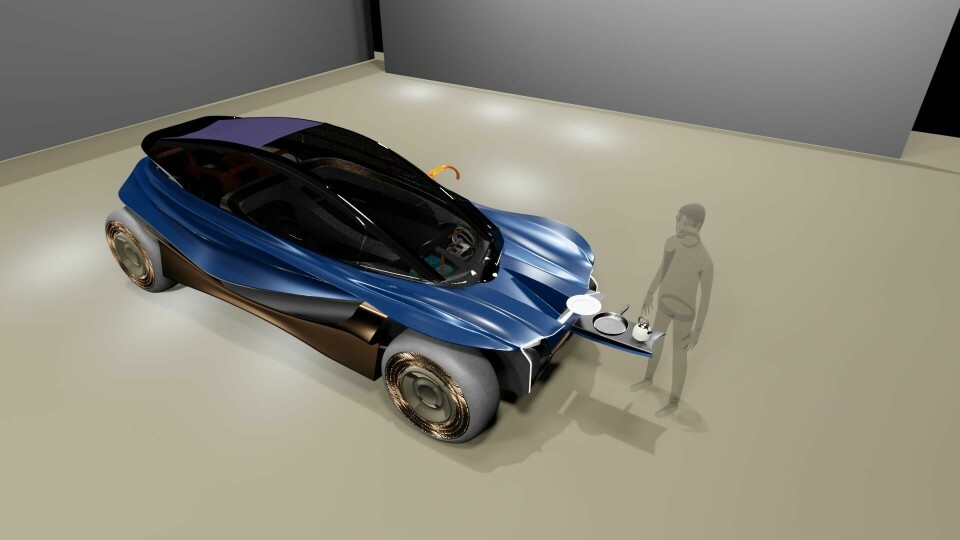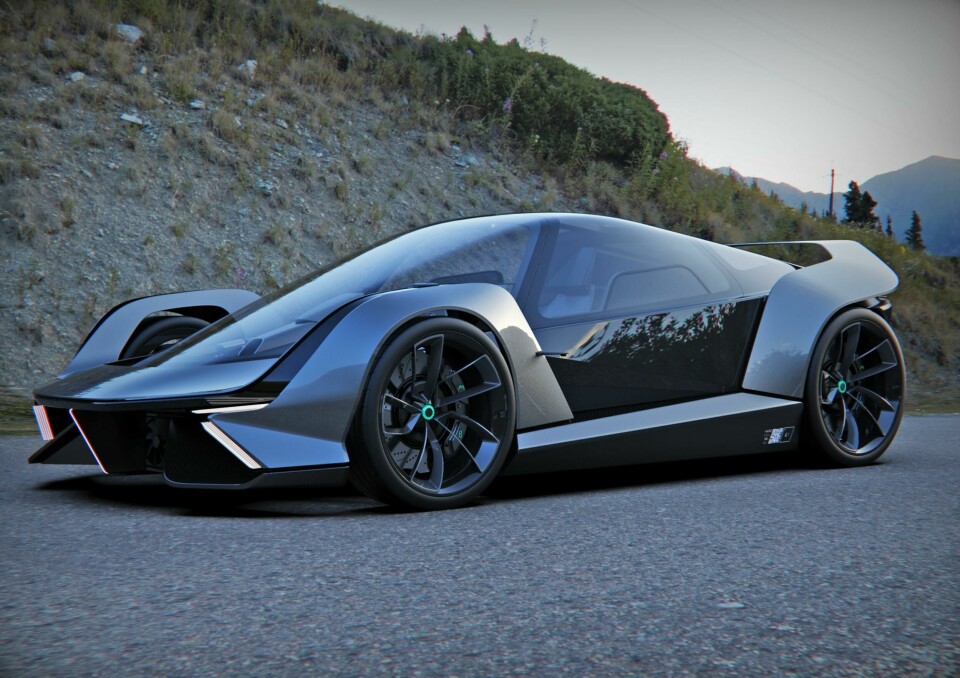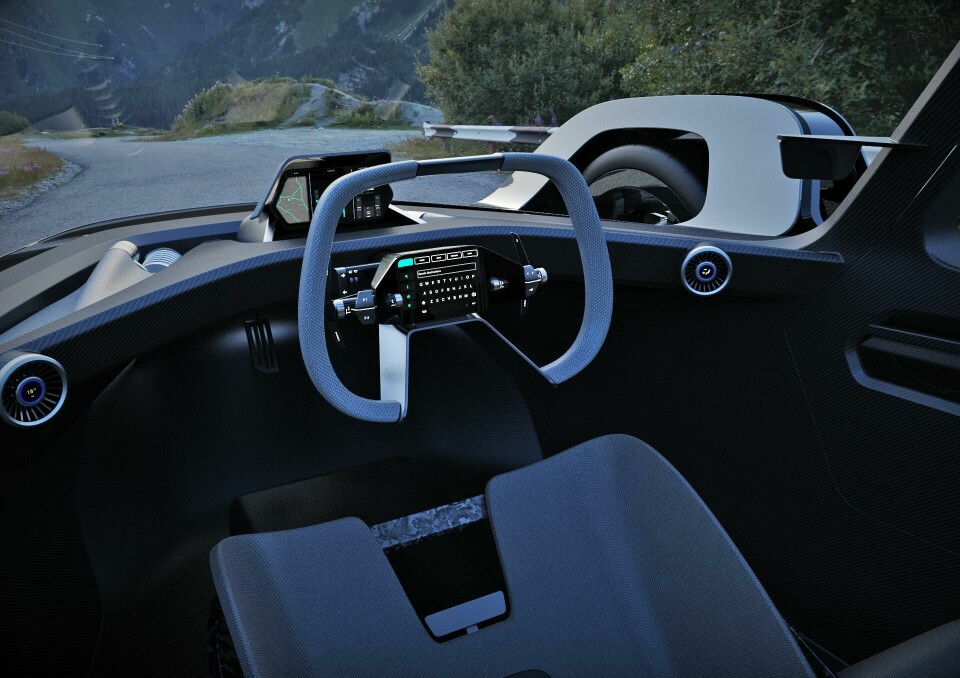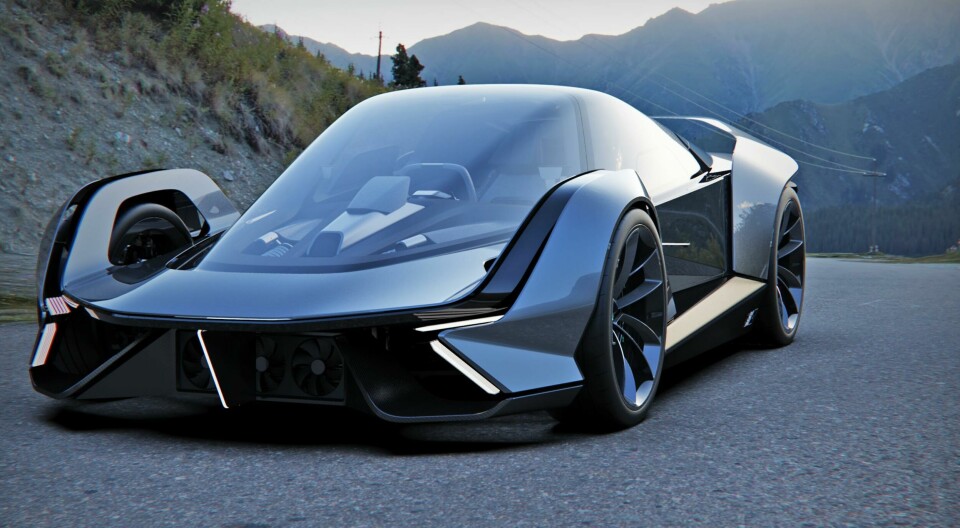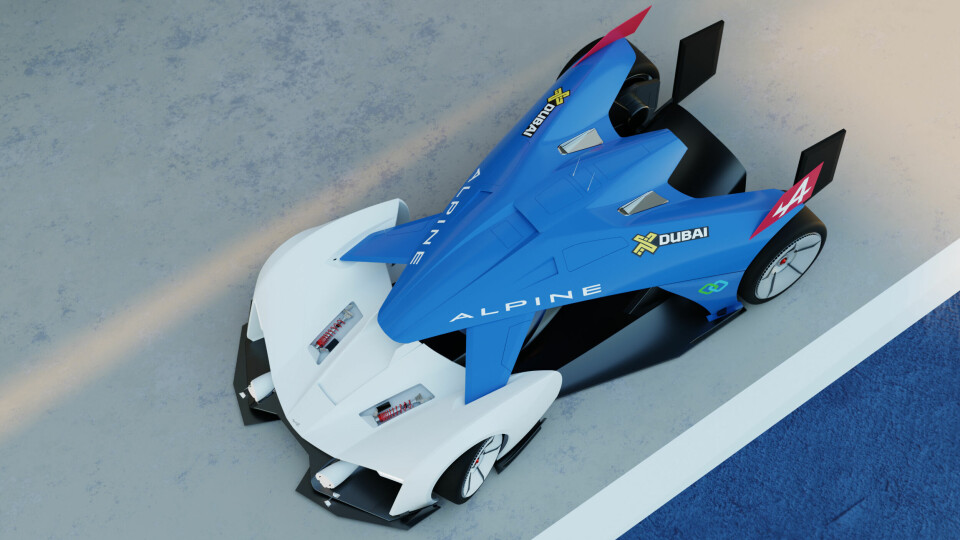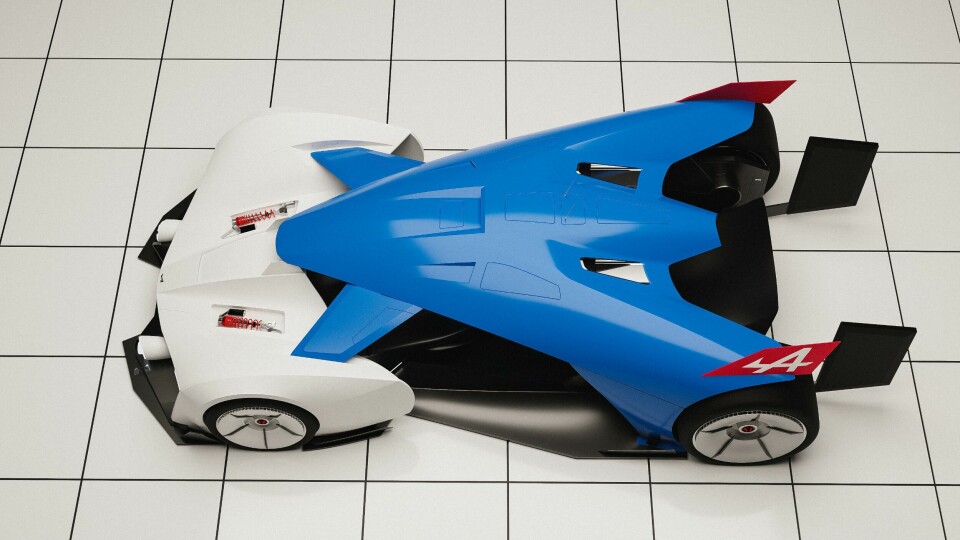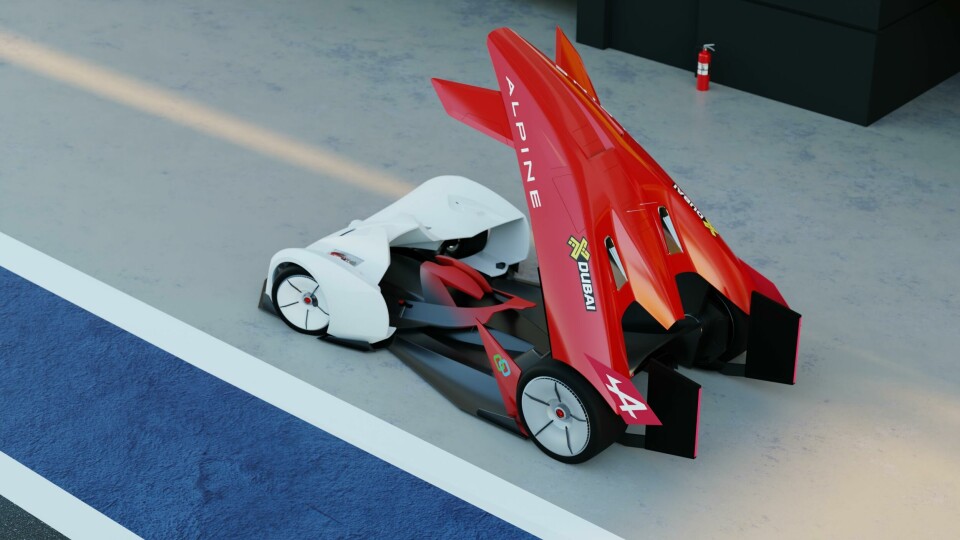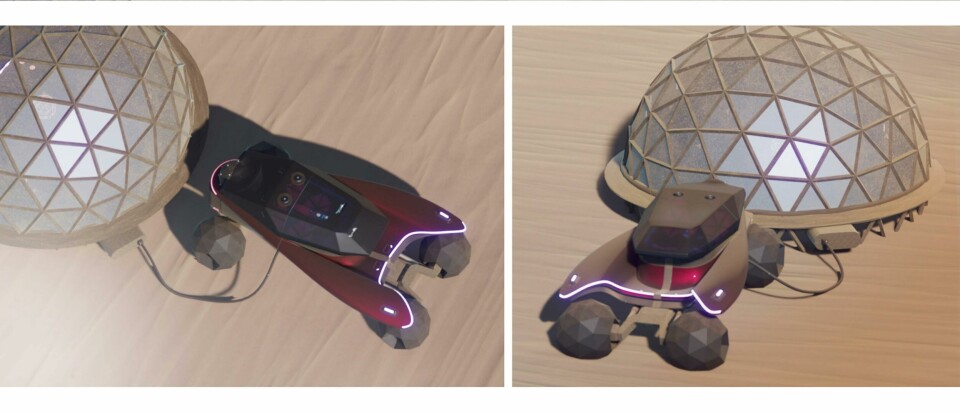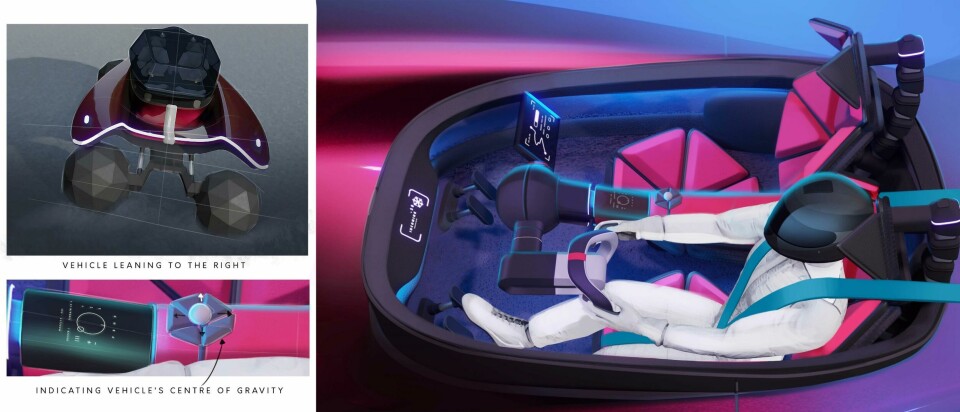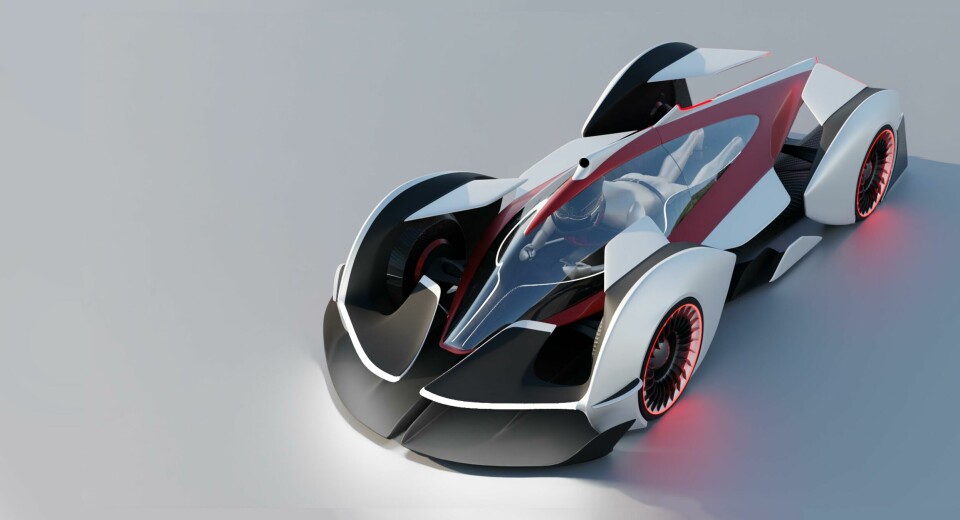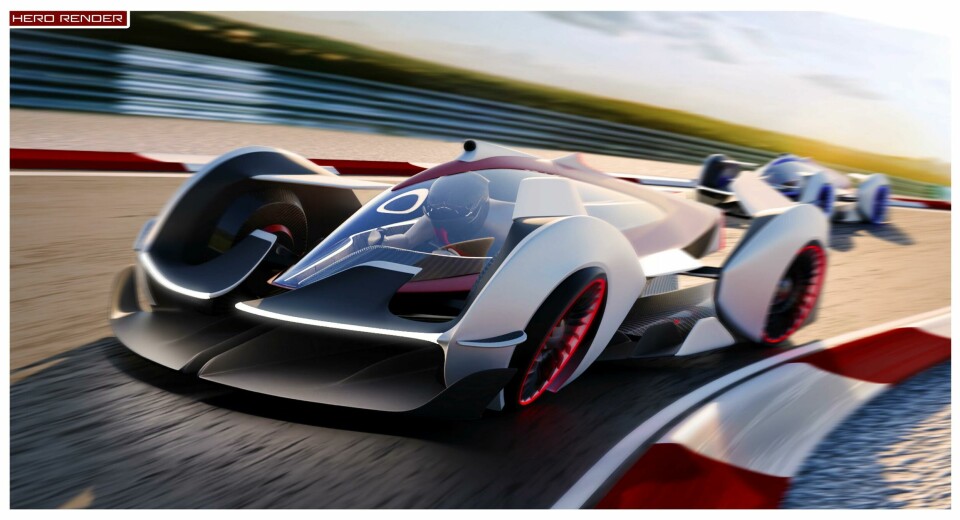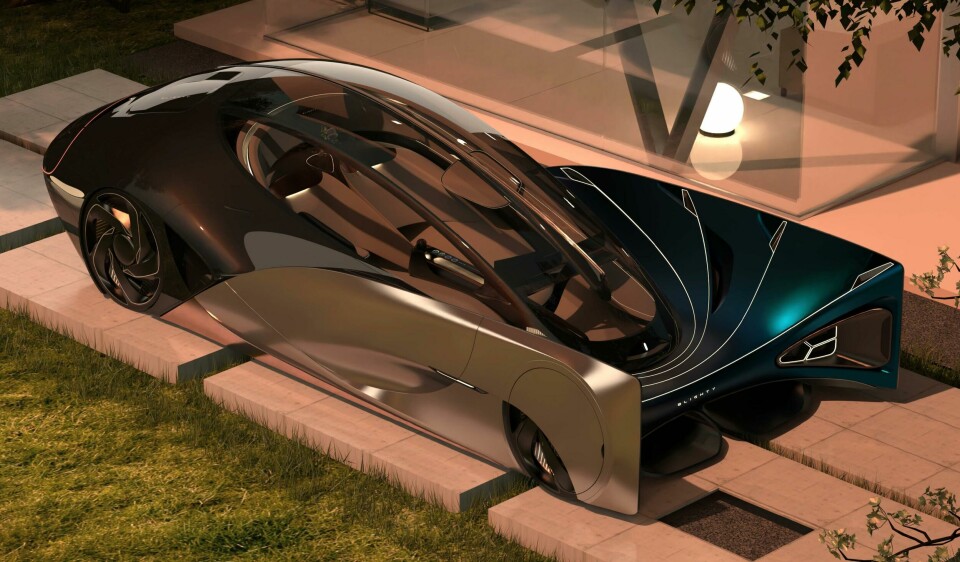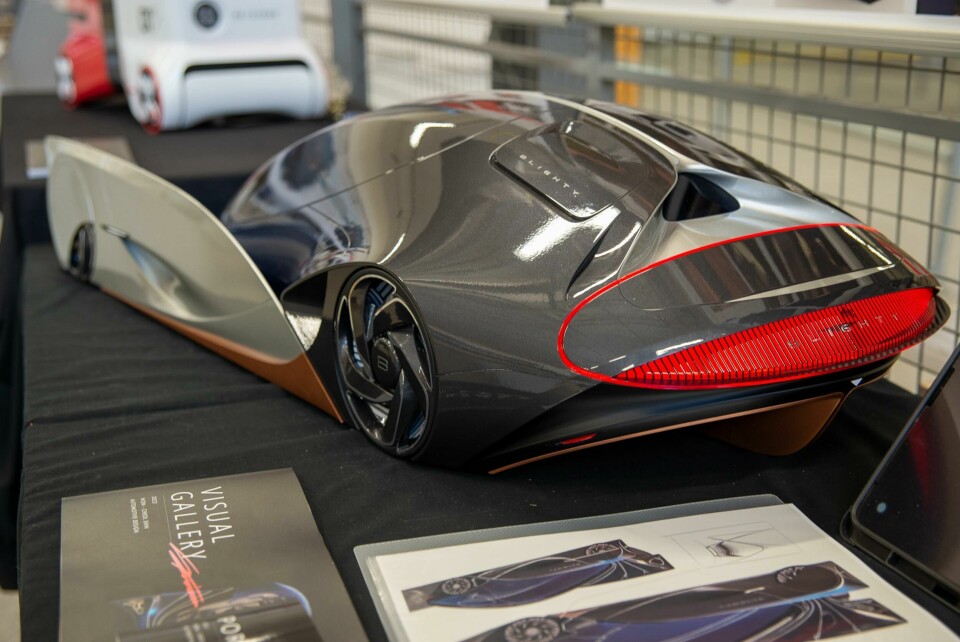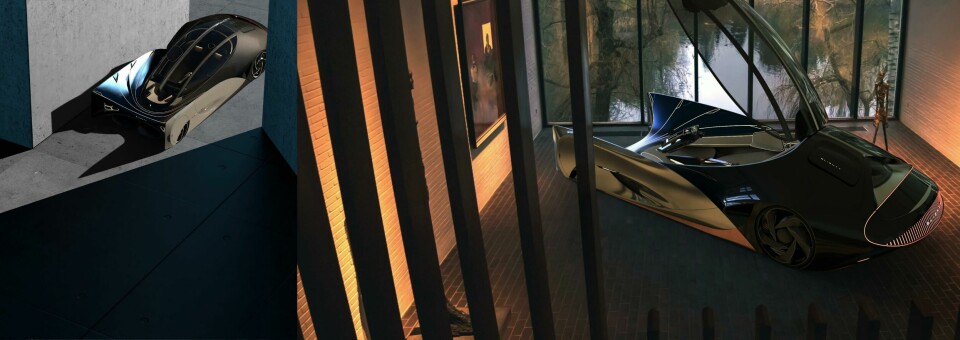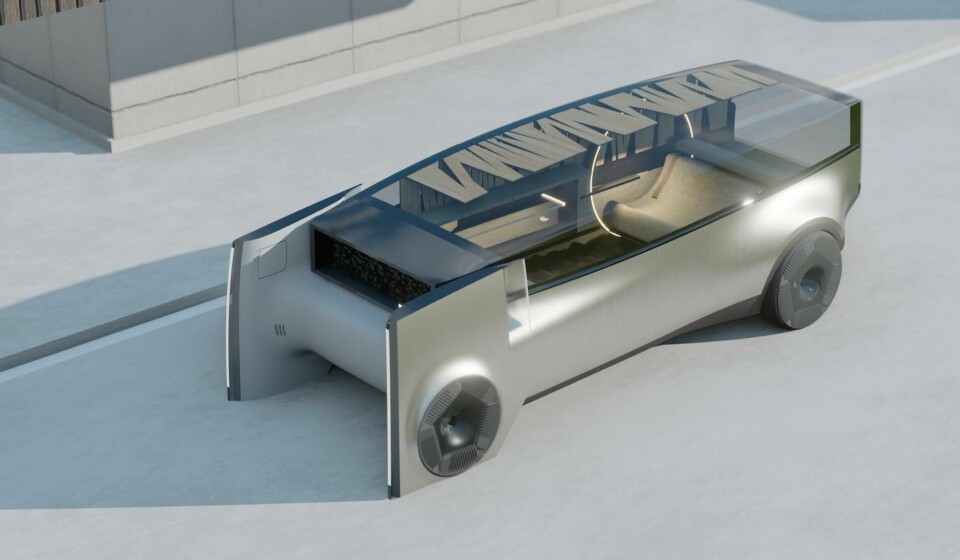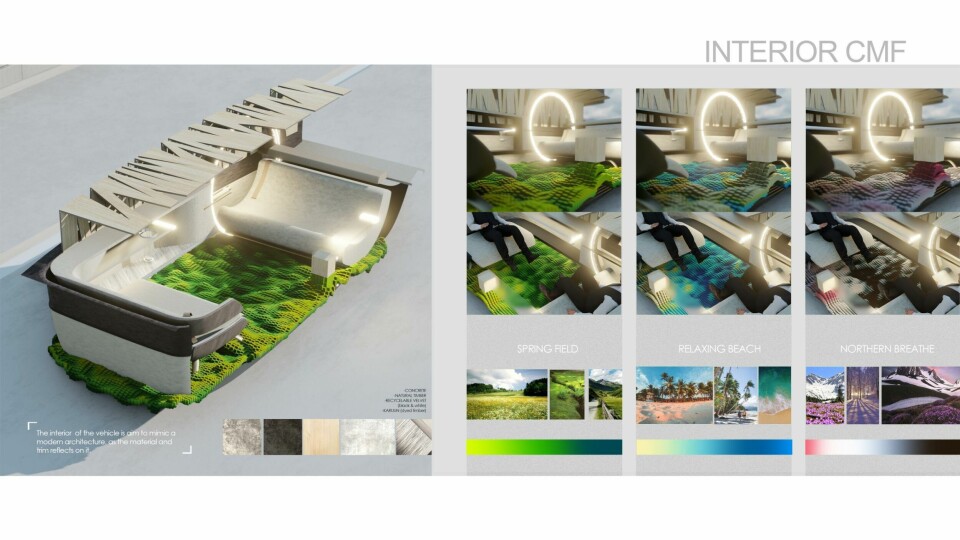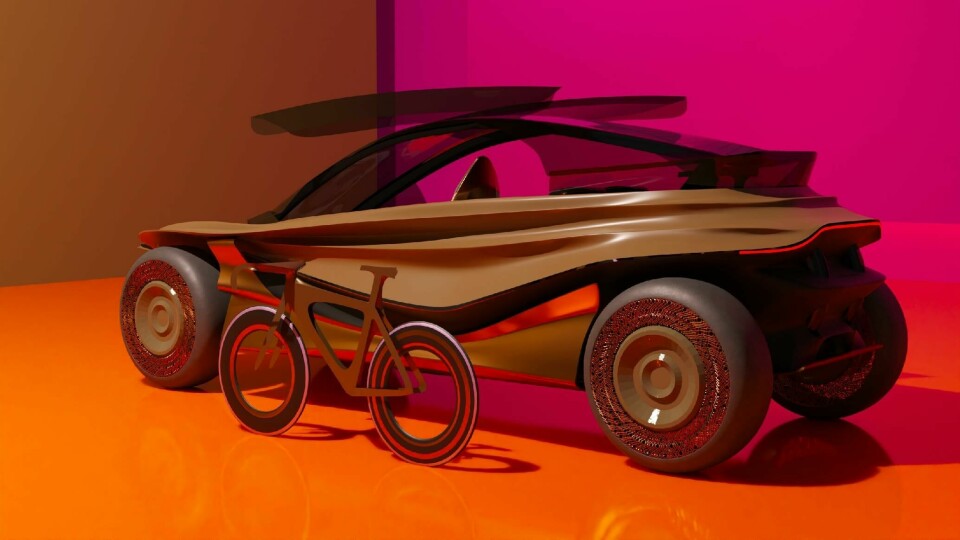
Budding designers present concepts for future mobility – Part 3
The third and final article in this series of reports from Coventry University’s Automotive and Transportation Design course showcases sports cars, long-range tourers and cars that bring the outdoors inside
Universities and design colleges around the world are springboards for the automotive industry’s next generation of designers. Final year projects give the opportunity for students to express themselves and present ideas they believe could have a tangible impact on the future of transportation.
Coventry University’s Automotive and Transportation Design course provides a thorough base in the key skills needed to land a job in this field, from brainstorming and sketching initial concepts to the various stages of virtual and physical modelling. While many students aim to specialise in particular fields – such as exterior design, colour, materials and fabrics or clay modelling – the feeling among alumni is that designers must be more well-rounded and multiskilled than ever if they are to succeed.
In the third and final article in this series, Car Design News caught up with students who may soon land a major role in the industry (the work is downloadable and attached to the bottom of the page).
CSV 2040 by Ignacio Alarcón de Laiglesia

Car and bicycle have never really mixed well together, but this concept sees things a little differently. Designed for weekend trips and with cyclist protection – and transportation – in mind, the vehicle targets ‘adventurers’ that are looking for a bike-friendly vehicle. “I was partly inspired by some of Rivian’s work around space management and the integration of camping equipment, which is really impressive,” says de Laiglesia
Visually, the concept takes on the appearance of a dune buggy, with an angular body structure that slopes from the rear deck right down to the chin. At first glance it appears fairly compact, but at 5.35 metres in length can comfortably house two adults and their bikes. “It is about the size of a Range Rover Sport,” de Laiglesia points out.
There is even enough room for them to lie down and sleep in the vehicle. A large capsule-like greenhouse dominates the upper half of the vehicle, boosting 360-degree visibility. A Madrid native, de Laiglesia explains that the colour palette was inspired by the contrasting geographies of northern and southern Spain. The deep blue reflects the Balearic Sea, while the gold-beige hue nods to the sand dunes of Andalusia.
D2S by Matthew Gomes

In an age of fast food, fast fashion and sustainable design, Gomes presents what he describes as a car that will “age gracefully, staying relevant for years to come.”
The resulting design is typical of a performance car, with flared arches and a dynamic stance. A subtle spoiler adorns the rear deck, blending seamlessly into the rear fender and wrapping round the side of the car. Thanks to a panoramic greenhouse, the suspension struts are visible through the front windscreen below the dashboard. In a way, the design emphasises the engineering.
Gomes says the design was gradually refined to incorporate more dynamic surfaces that are in keeping with the ‘angular’ look he was aiming for.
Alpine AX40 by Lewis Bowden

Bowden’s concept posits the idea of a ‘modular track-to-air’ vehicle that has been inspired by the adrenaline-fuelled niche that is wingsuit racing.
The driver lies prone on the vehicle when driving on the track, before ejecting into the air to continue racing through checkpoints in the sky. Bowden goes as far to say that the overcall concept was “influenced by danger,” while the exterior was shaped by the fact that “part of it needs to fly.” The two sections marry together well, creating the silhouette of a typical Le Mans racer.
Presented with a clay model, the concept is striking in the flesh. As it happens, Bowden is gunning for a job as a clay modeller, a role he says “will never die out” but admits that “you can’t escape 3D modelling in today’s design process.”
Cyclon X by Subham Khooblall

Cyclon X is a sustainable endurance racer, designed for weeks-long jaunts from Saudi Arabia to Siberia. The concept is based around being lightweight, liveable and durable, capable of surviving animal attacks, extreme weather and – inevitably – breakdowns.
A triangular theme runs throughout, with textured ‘balloon’ tires front and rear; triangular seat panels; and a V-shaped plan view. ”The vehicle has a strong muscular frontal shoulder that gradually fades out into the rear,” Khooblall explains. “An athletic muscular exterior shell sweeps around the interior cabin. The triangular themed greenhouse purposefully juxtaposes with the fluid exterior body panels.”
Khooblall is already an award-winning designer, taking home the prestigious Worshipful Company of Coachmakers and Coach Harness Makers award this year.
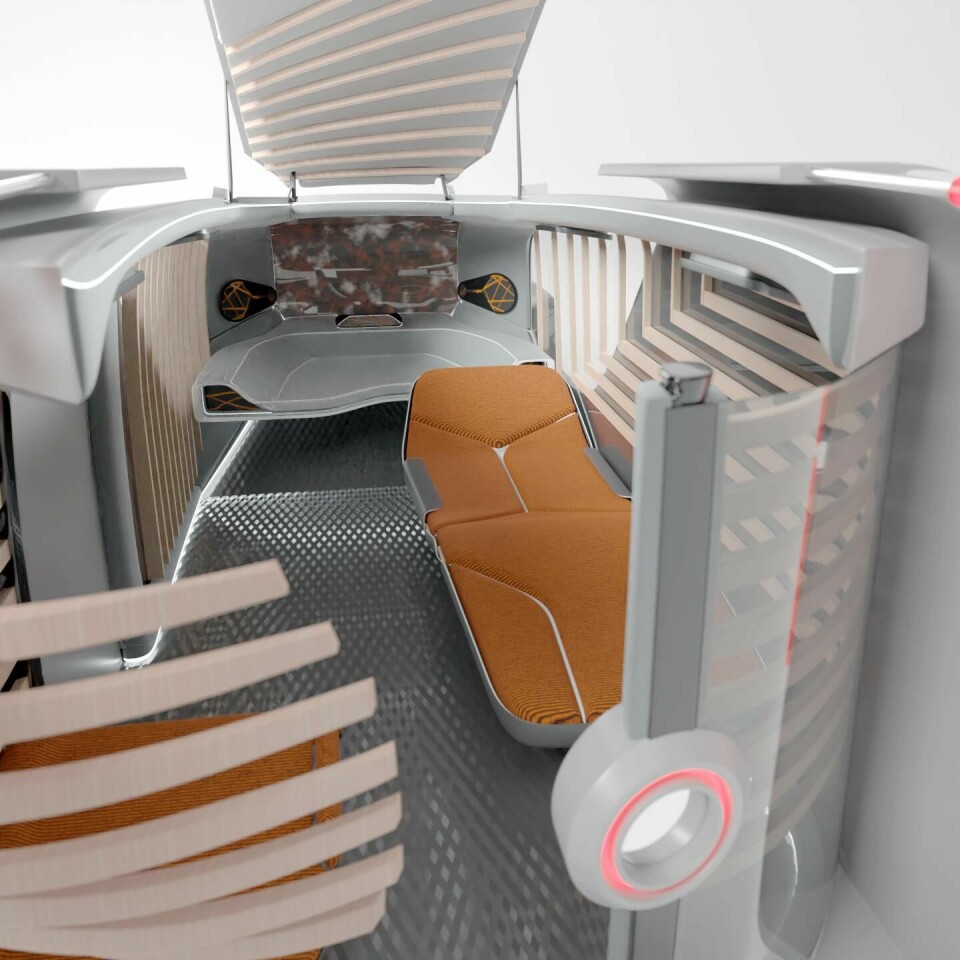
Relax by Nayan Gilboa-Way

Has the prospect of missing a flight ever stressed you out? Gilboa-Way’s autonomous pod promises to avoid that. “This is something many people worry about,” he tells CDN. Like other robotaxis, a screen inside the vehicle shows navigation, traffic warnings and airport updates in a bid to keep passengers in the loop.
It is about the size of a Honda Civic, but a super long wheelbase maximises every inch of space inside, with virtually no overhangs and boxy, van-like proportions. It is at the front where things get interesting, with a stunted front grille and a short hood that plunges down like a snowplow. Tall front wheel arches house the headlights and help to frame the face of the vehicle.
A key focus has been placed on materials, proposing interior furnishings such as Malai, a leather-like material made with coconut waste, cotton flowers, pine needle composites and leather off-cuts from ELeather. Even old climbing ropes are considered in one layout. The ability to provide premium-feel with sustainable alternatives is a hot topic within the automotive design community today. Gilboa-Way ultimately plans to land a job in CMF design.
Series X by Lewis Honey

Motorsport has proven a popular theme among this year’s batch of promising designers. Honey’s interpretation of a racer places the driver belly-first in the cockpit, appearing to draw inspiration from Skeleton Bobsleigh racing.
Honey says he gave deep consideration to the practicalities of driving such a vehicle on the track, saying the “prone steering position is a key element… The driver must have room to move their limbs freely within the cockpit.”
Elaborating, Honey explains that in order to give the driver the ”feeling of full control over the vehicle, they should control it with their full body in an ergonomic way. Having the driver prone allowed me to design a more exciting and aerodynamic exterior whilst designing a functional and minimalist interior that focuses on supporting and adapting to the drivers’ movements.”
Blighty by Won-Cheol Shin

Are you a mafia boss from the future? This might be the car for you. Blighty is a long, sleek and menacing electric coupe, with a dramatic scooped-out hood sitting between two blade-like wheel arches.
Like many other concepts presented in this series, the greenhouse imposes itself on the overall design, with the cowl extending right into the baseline of the vehicle. Partially covered wheels at the front and an oval LED lightbar at the back provide unique accents. There is an element of Jaguar E-Type to the side profile, with the bulbous rear body contrasting with a long nose.
Shin says that the concept was in fact influenced by the magical pumpkin carriage in the Cinderella fairy tale, as well as the Bentley EXP 100 GT concept from 2019. “I was focussed on creating a luxury experience,” he told CDN. “It is all about elegance and spaciousness with a ‘grand tour’ bodyshape.”
With a 2040 timeline in mind the concept is clearly futuristic but retains an element of classic automotive design, body lines and interior layout; an instrument cluster with central display is paired with a sleek centre console running between the two passenger seats.
Private Climate Suite - Gan Yujian

Yujian’s concept is based on the idea of turning the commute into an enjoyable – if not cathartic – experience. The vehicle in question aims to “simulate the natural environment, making the commute in an urban environment more pleasing.” How does it do this? Lighting, materials and patterns combine in an exciting way.
For example, the interior uses a sunblind pattern inspired by the light shining through a forest. In this way, the lighting is dappled and more enjoyable for the passenger – rather than sitting in blind daylight. The interior floor is modular, meaning it can transform from a plain flat surface to something that feels organic. Different interior CMF designs range from a spring field, relaxing beach and a winter-style setting that is described as ‘northern breathe.’
The exterior design is fairly restrained, taking the form of a shuttle bus. Tall strip lights at the front serve as headlights, while a huge glass greenhouse takes up all remaining space above the shoulder line.
